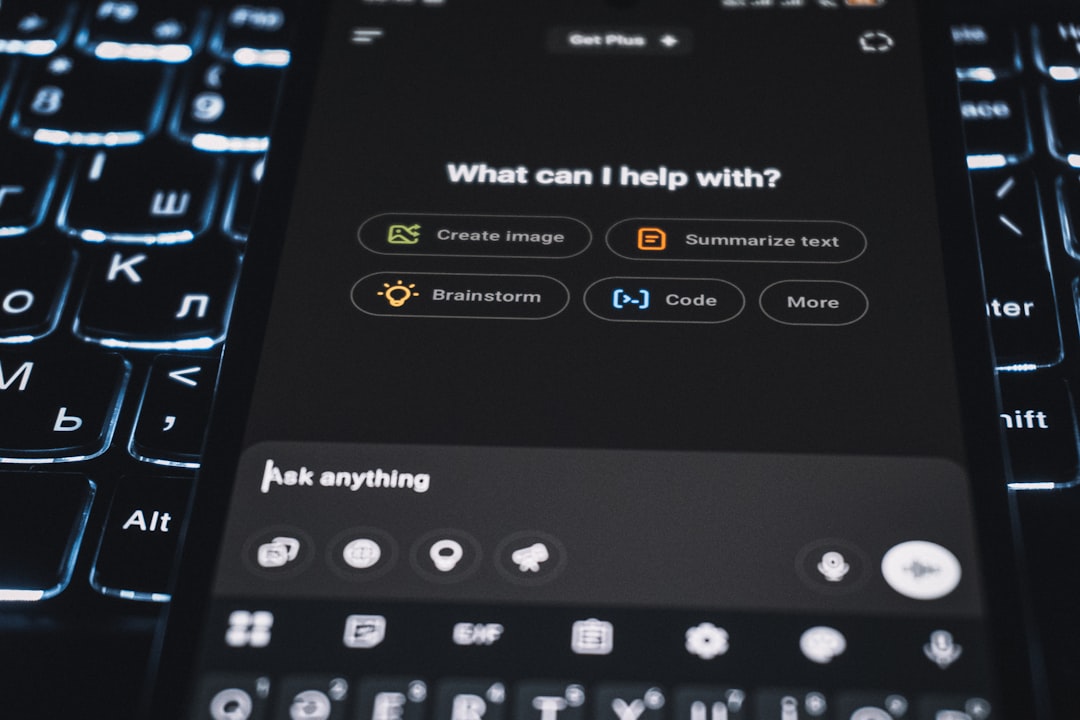The promise of AI chat widgets is immense—frictionless engagement, instant support, and 24/7 availability. Yet, many implementations fail to deliver meaningful help and instead frustrate users with unhelpful templated replies. To unlock the real potential of conversational AI, it must become more than a mere chatbot—it needs to be a truly helpful digital assistant. This article breaks down the strategies and technologies needed for building an AI chat widget that’s actually helpful.
Understanding the Goal: What Does “Helpful” Really Mean?
Before initiating development, it’s crucial to define what makes an AI chat widget “helpful.” In essence, it should:
- Understand user intent accurately
- Respond with relevant, actionable answers
- Escalate seamlessly to human agents when necessary
- Adapt over time through learning
Many chat widgets offer a pseudo-conversational interface but lack the underlying intelligence to genuinely address user needs. Building something truly helpful requires going beyond surface-level interactions.
Step 1: Start with a Clear Use Case
Trying to make your widget do everything is a common pitfall. Instead, start small. Define the primary objectives of the AI chat. Is it for:
- Technical support?
- Lead generation?
- Customer service FAQs?
- E-commerce product recommendations?
This clarity will shape every technical and UX decision you make moving forward.
Step 2: Train the Model With Real-World Conversations
Too many AI chat systems rely on generic datasets or predefined scripts. However, helpfulness correlates directly with the quality and specificity of training data. Use actual logs from your human customer service agents to train your AI. Clean them, anonymize them, and structure them for NLP processing.
Tools like GPT-4 and Claude are powerful, but you should enrich them with fine-tuned models trained on your domain-specific data. Use embeddings and retrieval-augmented generation (RAG) to query a vector database of your private knowledge base or documentation whenever applicable.
For example, instead of returning “Please refer to the user manual,” your AI should be able to return a specific paragraph from a manual that addresses the user’s exact issue.

Step 3: Prioritize Natural Language Understanding (NLU)
A helpful chat widget must be capable of accurately interpreting the user’s intent. Modern NLU engines go beyond keyword matching and parse the actual semantics of a question. Make sure your NLU model can handle:
- Synonyms and paraphrased questions
- Misspellings and typos
- Contextual ambiguity
- Follow-up questions (context retention)
Using transformers and attention-based models allows your chatbot to maintain a contextual thread across several exchanges, giving it the ability to manage richer, more dynamic conversations.
Step 4: Offer Transparency and Control
Often, users abandon chat widgets because they aren’t sure if they’re chatting with a real person or when they’ll get useful help. Build trust by being transparent:
- Begin each conversation with a clear statement that it’s an AI assistant
- Make it obvious how the user can escalate to human support
- Provide time estimates for human responses, if applicable
Empower users with control. For example, allow them to switch off AI assistance or modify the direction of the conversation. A helpful AI doesn’t box the user into a narrow set of options—it empowers them.
Step 5: Optimize for Feedback Loops
Real-time and post-conversation feedback can dramatically improve helpfulness. After each interaction, ask users if their issue was resolved. Tag these responses and feed them back into your model training process regularly to reduce hallucinations or irrelevant suggestions.
Additionally, implement analytics on failed or looped conversations. These are valuable indicators of confusion or unmet user expectations. Track and classify these failures to target specific retraining efforts.
Step 6: Craft Responses that Feel Human, Not Robotic
Users are more receptive to AI outputs when they feel they’re speaking with an empathetic, intelligent assistant rather than a rule-based machine. Use templates enriched with context-aware modifiers, but keep responses concise and natural.
For example:
“Thanks for reaching out! Let me look up that information for you.”
…is better than:
“Your input has been processed. Please wait.”
Small language cues can go a long way in enhancing perceived helpfulness and user satisfaction.

Step 7: Ensure Seamless Integration into the Web Experience
Your AI chat widget should not feel bolted-on. Design it to match the brand’s look and feel, and place it strategically on the web pages where users most frequently encounter complex information or friction.
Performance is just as crucial—make sure the widget doesn’t slow down page load times or interfere with mobile responsiveness. Also consider localization and accessibility features such as screen-reader compatibility, keyboard navigation, and multilingual support.
Step 8: Responsibility and Ethical Design
An often-overlooked area in chatbot design is ethical responsibility. Your AI should avoid:
- Hallucinating facts or making up misleading information
- Manipulating users into unwanted subscriptions or actions
- Storing user data without clear notice and consent
Ensure the AI stays within guardrails using prompt engineering and constraint logic. Consider specialized safety filters or a human-in-the-loop mechanism for high-stakes interactions, particularly in sectors like healthcare or finance.
Step 9: Use Analytics Thoughtfully
Don’t just track clicks—track outcomes. Measure how many conversations led to useful action: issue resolution, sign-up, or purchase. Use those indicators to refine conversation flows and predict common pain-points proactively.
Advanced solutions can include predictive modeling that guides your AI assistant to preemptively offer help based on user behavior patterns.
Conclusion: Helpful is the New Intelligent
It’s not enough for your AI chat widget to simply exist. In today’s digital landscape, users expect interactions that are intuitive, efficient, and genuinely useful. A widget that can’t deliver meaningful support will be ignored—or worse, produce negative brand experiences.
A truly helpful AI chat widget:
- Interprets natural language accurately
- Returns precise, context-rich answers
- Escalates when appropriate
- Improves over time though feedback and analytics
Organizations that invest in building such systems see higher conversions, lower bounce rates, and improved customer satisfaction. Developing this tool may involve complexity, but the reward is a digital assistant that acts less like a chatbot and more like a competent team member.
The future of web engagement isn’t just conversational—it’s helpful, responsive, and relentlessly user-focused.



